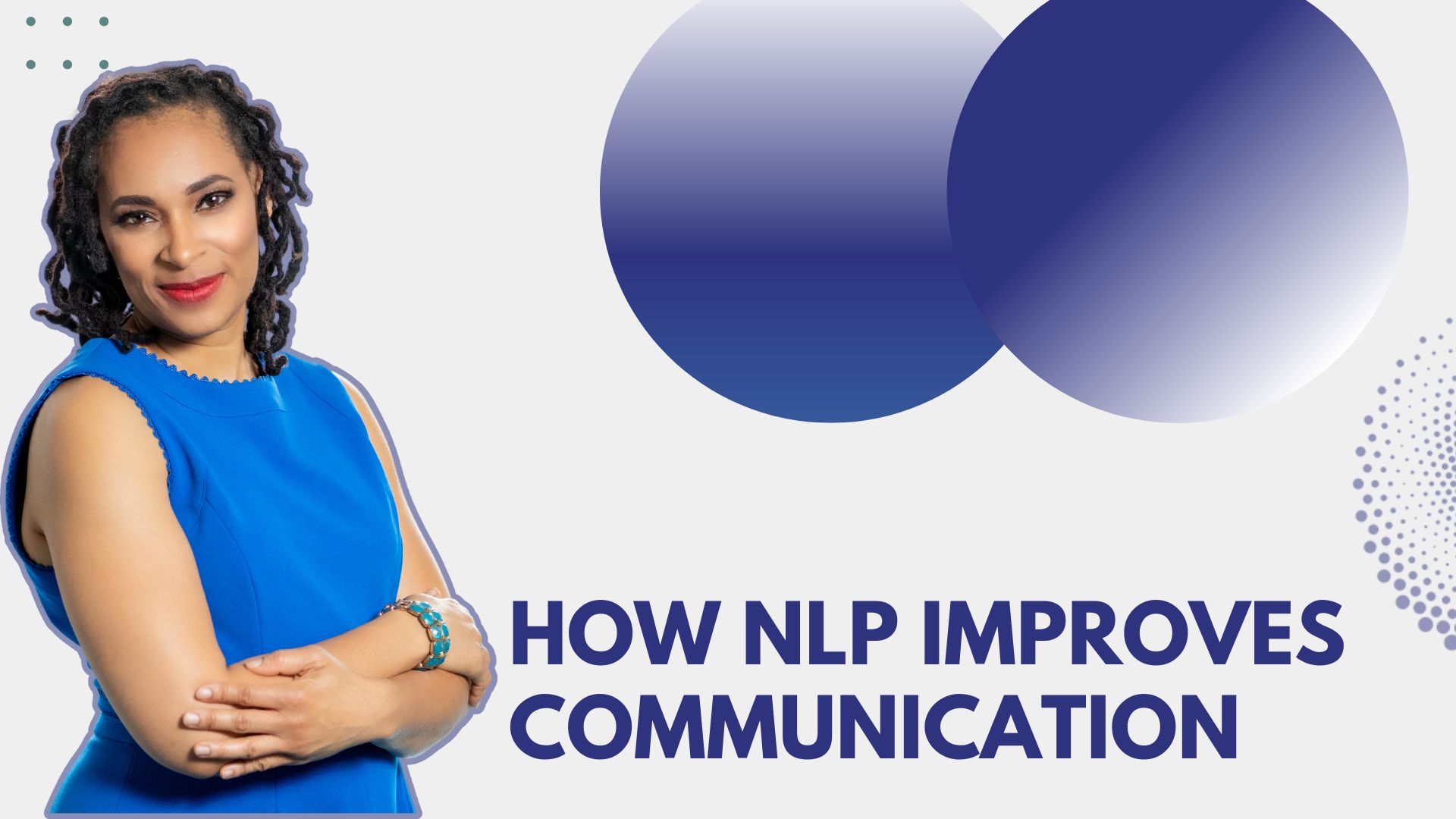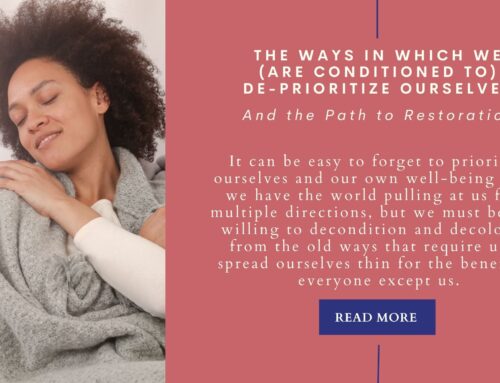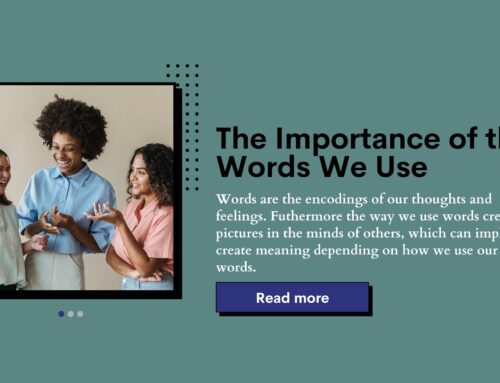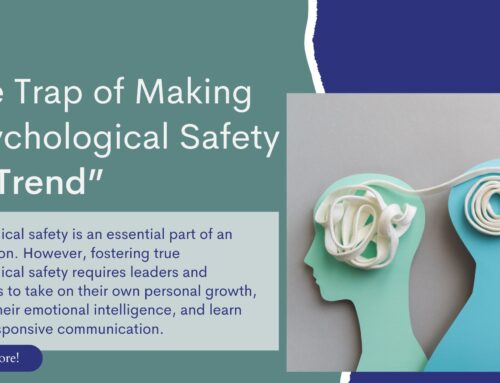
Did you know that words represent only 7% of our communication? Most people think that they are communicating well if they’re saying the right words, in the right way. While being conscious of our words is important, if you are depending on only words For communication, you are missing 93% of the picture. Furthermore, most people think of communication as speaking, when just as important is the way we listen. The reality is most of our communication is nonverbal. That leaves a lot to be misinterpreted since most of the listening we do is with our ears. One of the foundational tools I teach in my NLP trainings is how to listen with more than just your ears, and communicate with more than just your mouth. Having learned those foundations, I go on to master the 7%… the use of our words to communicate consciously and effectively.
So what is this other 93% of communication that we are missing? Here are three:
- Tone of voice – What you communicate can be very differently not only by what you say but how you say it. If you’re on Instagram or tick tock, there are a couple of reels that demonstrate this very well by putting vocal variety to the phrase “You good“ and the word “dude“. Vocal variety is one of the reasons that text messaging and emails can be frequently misinterpreted come on because you can’t control the tone that shows up in the head of the reader of your message. NLP training helps you detect (and utilize) the nuances of vocal variety so that you can have more effective and effortless conversations with people.
- Facial expression – While this is a bit more obvious, facial expressions are a good indicator of how someone is receiving her communication. This is why it’s important to observe people as you’re talking to them. They are subtle indicators of communication that will alert you to whether you’re empowering, inspiring, or offending the person you’re speaking to. Learning NLP helps you to be able to detect the micro-expressions in people as you speak so you can respond, gain clarification, or left up their non-verbal response and leave them feeling completely gotten.
- Body language – As important as facial expressions is body language. Oftentimes people will give you subtle somatic cues as to how they’re receiving your communication. Leaning may mean they are more interested while leaning out may indicate they’re putting some space between you. Leaning out or leaning back may also mean that they’re relaxing into the conversation. The crossing of arms could mean they’re closing themselves off to your communication. Noticing these little nuances makes you a more responsive listener even when you’re talking.

These are just 3 of the common ways that people communicate without saying a word. When we listen only to the words, we fail to see the entire breadth of communication. In our NLP Certification training, you learn how to really expand your capacity to listen as well as master the words that you are using as well. Imagine the ways that this could benefit your life personally and professionally. For me, it has had a major impact on my relationships with my family (mom, and sisters) as well as my parenting and the relationship I have with my son. I also know that I am modeling this effective NLP communication because I see the changes in the communication of those closest to me. So if you want to master the full 100% of your communication, I’d invite you to consider learning NLP.
Want to learn more? Interested in becoming NLP certified? Learn more about our NLP Certification, Coaching, Time Line Therapy®, and Learn Hypnosis, and NLP training by visiting www.mindremappingacademy.com and www.drmaiysha.com.






